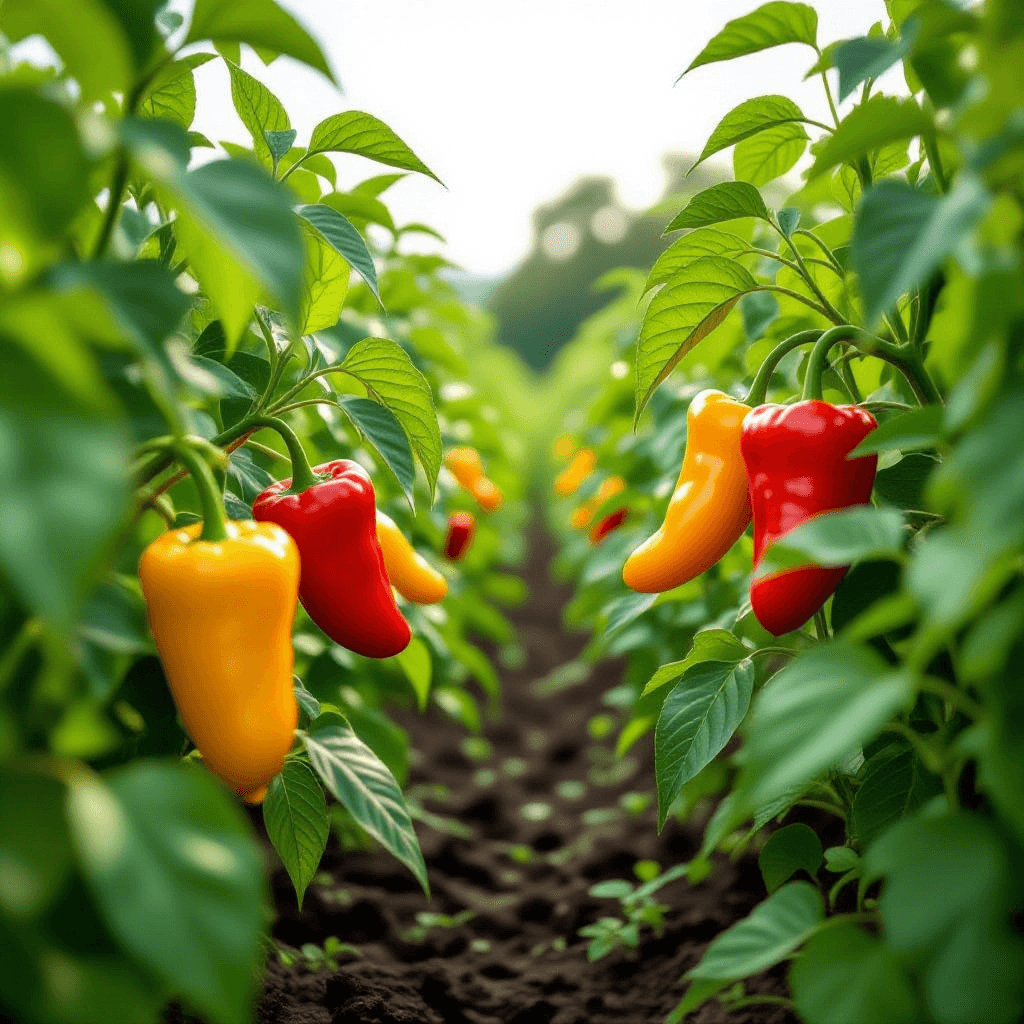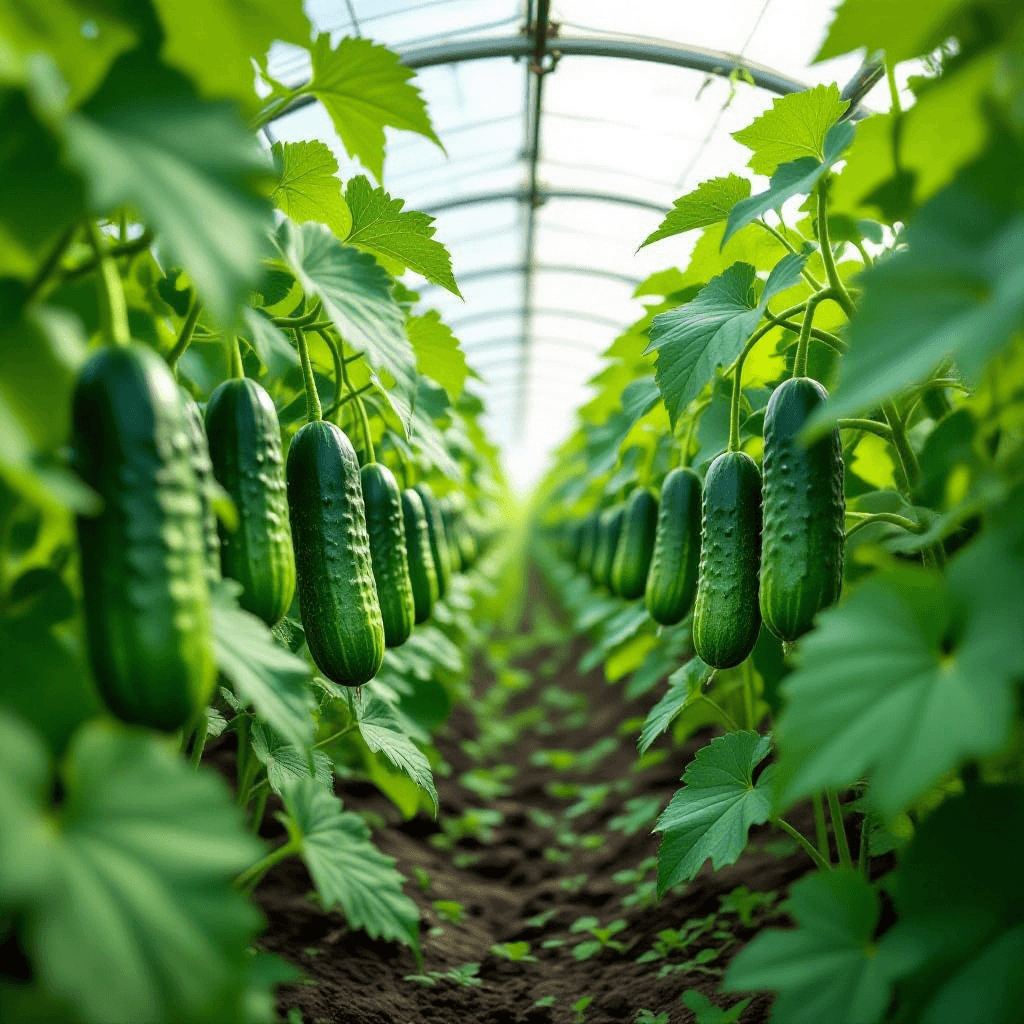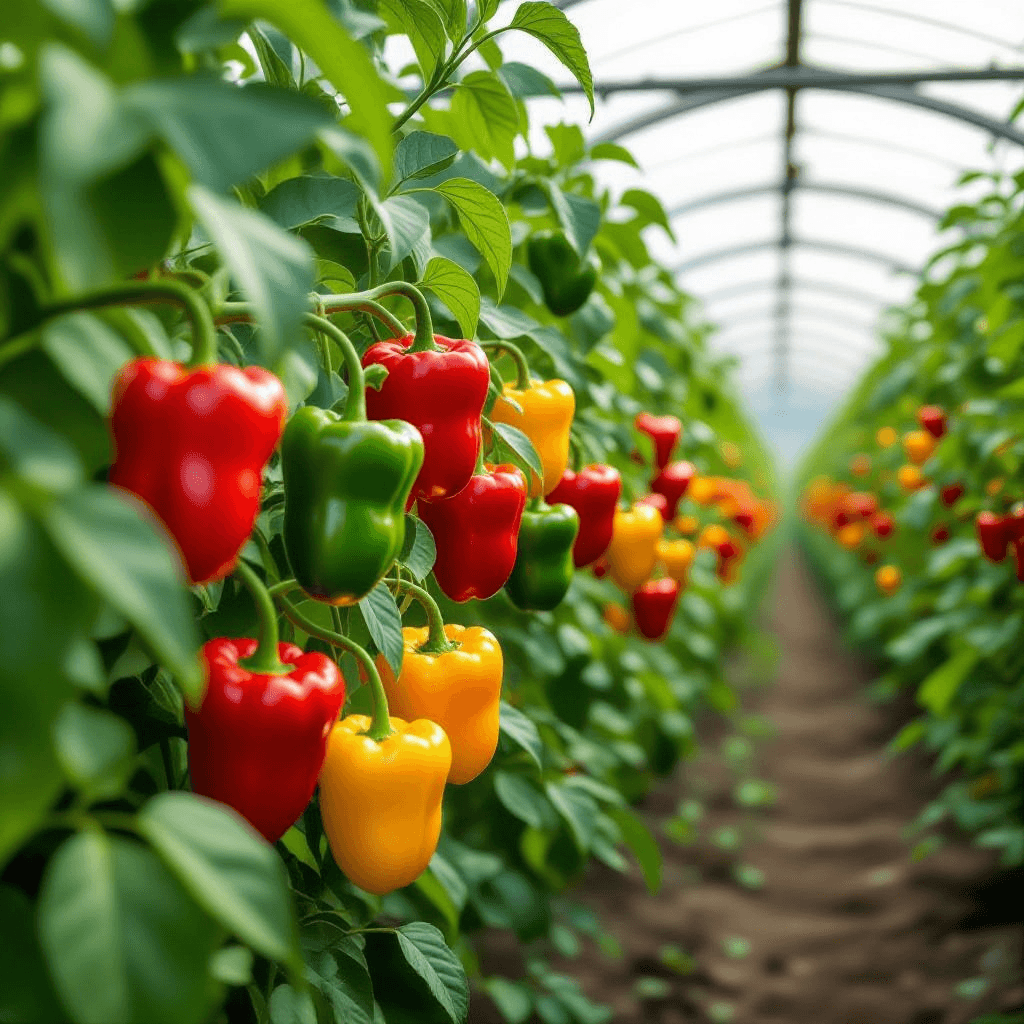Choosing the Right Pepper Varieties for the UK Climate
When it comes to growing peppers in the UK, selecting the right varieties is crucial for a successful harvest. The UK climate presents unique challenges, primarily due to its relatively cool temperatures and shorter growing season. Therefore, gardeners must choose pepper varieties that demonstrate good adaptability to these conditions. Popular choices include sweet bell peppers, various chili peppers, and even specialty varieties like pimentos and jalapeños.
Sweet bell peppers, such as ‘California Wonder’ and ‘Yolo Wonder,’ are often favored for their vibrant colors and mild flavors. They thrive in well-drained soil and require a minimum of six hours of sunlight daily, making them a suitable option for many gardens. On the other hand, chili peppers, such as ‘Jalapeño’ and ‘Cayenne,’ might be more resilient as they can tolerate cooler conditions and will produce fruit even when temperatures are less than ideal. Additionally, choosing earlier-maturing varieties can help ensure a timely harvest before the onset of colder weather.
When selecting pepper seeds, it is essential to consider the growing conditions they require. Look for seeds marked as suitable for cooler climates or shorter seasons. Seed packets often provide information about the recommended sowing and planting times for specific varieties, which can be particularly useful for UK gardeners. Generally, peppers should be sown indoors around late winter or early spring, ideally when temperatures reach around 20°C (68°F) to promote germination.
Sourcing high-quality seeds is similarly important. Many reputable suppliers and local garden centers provide a wide array of pepper seeds tailored to the UK climate. It’s advisable to read reviews and seek recommendations to find a reliable source. Understanding seed packets’ labels and details can greatly enhance the experience, helping gardeners navigate their options effectively for optimal results.
A Step-by-Step Guide to Sowing Peppers
Sowing pepper seeds is a crucial step in the overall process of growing peppers successfully in the UK. For optimal results, it is advisable to start sowing seeds indoors between late winter and early spring. Begin by preparing seed trays or small pots, ensuring they are clean and free from any residue. To further enhance growth, it is essential to use a well-draining soil mix, preferably one that retains moisture without becoming waterlogged. A commercially available seed-starting mix often works best, as it provides the necessary nutrients for young plants.
To sow the seeds, fill the trays with the soil mix, leaving a small gap at the top. Gently press the soil down to eliminate air pockets and then create small indentations for the seeds, spaced appropriately to allow for growth. Each pepper seed should be sown at a depth of approximately 0.5 to 1 cm. After placing the seeds, lightly cover them with soil and water gently using a fine spray to avoid displacing the seeds.
For successful germination, it is vital to maintain optimal temperatures; peppers thrive in warmth. Position the seed trays in an area where the temperature ranges between 20-25°C (68-77°F). Utilizing a heat mat can help achieve consistent warmth, particularly during chilly months. Additionally, adequate light is essential for strong seedlings. Once the seeds have germinated, which can take approximately 7 to 14 days, place them under grow lights or in a well-lit area, ensuring they receive at least 12-16 hours of light daily.
Once seedlings develop two to three true leaves and have outgrown their initial containers, it’s time to transplant them into larger pots or directly into the garden. Ensure that outdoor conditions are conducive, typically after the last frost, and gradually acclimate the seedlings to outdoor conditions through a process known as hardening off. This step involves placing the seedlings outside for a few hours each day, gradually increasing exposure to outdoor environments. By following these best practices, gardeners will set the foundation for a productive pepper-growing season.
Pruning and Caring for Your Pepper Plants
Caring for pepper plants is crucial to ensure a bountiful harvest. Proper watering, fertilization, and pest management play significant roles in the health of your pepper plants. Watering should be done consistently, ensuring that the soil remains moist but not waterlogged. A lack of water can lead to stress in plants, causing reduced yields. Conversely, overwatering may promote root rot, which can severely impact plant growth. Ideally, water the plants in the morning to allow any excess to evaporate throughout the day, preventing fungal diseases.
Fertilization is another essential aspect of pepper plant care. Using a balanced fertilizer that includes nitrogen, phosphorus, and potassium will support the plant’s growth stages. Applying fertilizer every three to four weeks during the growing season can enhance fruit development and improve the overall health of the plants. It is advisable to choose organic options where possible, as they provide slow-release nutrients that are less likely to harm the environment.
Pruning your pepper plants is an effective technique to promote growth and increase yields. The best time to prune is when plants are young and just starting to flower. Remove any weak, damaged, or crowded branches, allowing for better air circulation and light penetration. This practice can reduce the risk of diseases and pests and encourages the plant to focus its energy on producing fruit. Common issues such as aphids or spider mites can often be managed through natural pest-control methods, such as introducing beneficial insects or using insecticidal soap.
Maintaining a regular check on your plants and keeping them free of debris will help in identifying any emerging problems early. Healthy pepper plants will yield a gratifying harvest, making the effort in caring for them worthwhile.
Harvesting and Storing Your Peppers
Harvesting peppers at the right time is crucial for ensuring optimal flavor and texture. The general rule of thumb is to wait until the peppers have reached their full size and developed their intended color. For example, green peppers can be harvested before they turn red, yellow, or orange, depending on the variety. However, it’s important to note that peppers will be sweeter and more flavorful if allowed to ripen fully on the plant. Typically, peppers that are firm to the touch and exhibit a glossy finish are ready for harvest.
When it comes to harvesting, employing the right techniques is essential to prevent damage to both the plant and the fruit. It is advisable to use sharp, clean scissors or pruning shears to cut the pepper stems, leaving a small segment attached to avoid tearing the fruit from the plant. Gently twist the fruit if hand-picking, ensuring to support the stem to reduce stress on the plant. Regularly checking your plants will help you harvest peppers at their peak readiness, contributing to a more fruitful yield.
Once harvested, it is vital to store your peppers properly to extend their shelf life. Refrigeration is a common storage method; simply place unwashed peppers in a breathable bag or container and store them in the crisper drawer, where they can stay fresh for up to two weeks. For longer preservation, freezing is an excellent option. To freeze peppers, wash, chop, and blanch them first, then transfer them to airtight bags for later use. Pickling is another fantastic way to store peppers and can add delightful flavors to your meals. Exploring recipes for pickled peppers can provide an exciting twist to your culinary repertoire, making it possible to enjoy your homegrown produce long after the harvest season.


